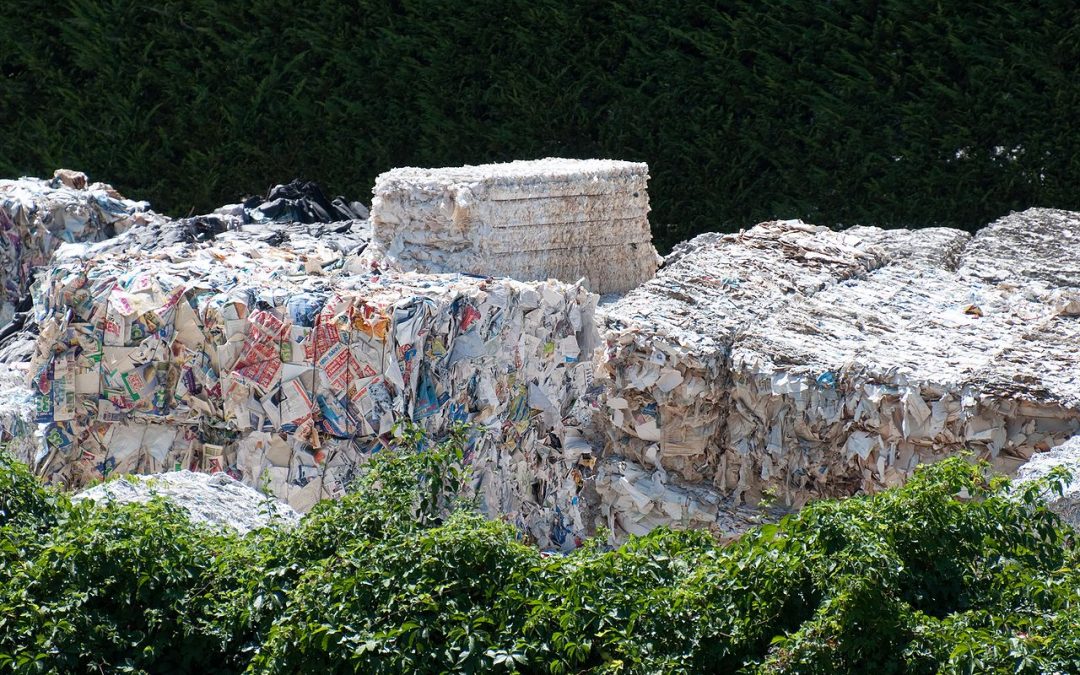It also saves Water, Energy, and reduces GHG Emissions

Flow chart of the paper life cycle.
A few days ago, as I was tossing out a thick wad of paper consisting of notes and practice exams for a mid-term I had just bombed, I found myself lamenting the waste. “Poor trees,” I thought, “If only I had not studied, this paper could have been used for something worthwhile.” Luckily, before I threw away my tome of wasted effort, I noticed a “White Paper” recycling bin just to the left. I triumphantly turned to the other bin and released my papers, comforted by the fact that now no new trees would have to be sacrificed to fuel my incompetency. I knew the used paper was now off to a happy place.
But as I walked away from my moment of heroism, I began to wonder what actually happened to the paper once I “recycled” it. I realized that my understanding of the paper life-cycle consisted of trees to paper to recycling bin to people holding hands around the world in harmony with a lot of foggy gray space in between. I began to ask myself, “Where does paper come from, and what difference does it make for me to recycle it?”
Luckily for me, as an intern at the Office for Sustainability here at the U of A, I have access to data and tools that have helped me to answer that question. My valiant quest to map the path of paper culminated in the flowchart at the top of this post. (EXCITING RIGHT? GO FLOWCHARTS!!!) I trust that all (or at least most) of you reading this are literate enough to understand the chart, so instead of explaining all the nuts and bolts, I will just point out what I think are the three most significant elements.
- Making paper requires A LOT of water and energy. The process that recycles paper requires only a third of the water and energy to produce the same product.
- Recycling paper helps fight climate change. Not only does it keep trees in the ground to sequester carbon, it also keeps paper out of landfills. Paper in landfills decomposes, which sounds nice, but in actuality decomposing paper releases massive amounts of methane, a potent greenhouse gas (GHG). More than 50% of all methane released by landfills comes from decomposing paper goods.
- The U of A has its own recycling program, Razorback Recycling, that collects recyclables on campus, and sells them to recycling brokers in our community. So, not only are the recycled goods not wasted, but they actually generate revenue that is used to make our University a better place to be.
As I wrap up my paper recycling adventure, I have a few concluding thoughts. Although my research showed me that the production process of a piece of paper is long and complicated, whether or not the story has a happy ending is still largely dependent on only one point in its life: whether or not the piece of paper gets recycled. So, although choosing the right bin to chuck your old notes in might not seem like any huge feat, take heart knowing that this one simple action helps not only save trees, but our whole planet.
